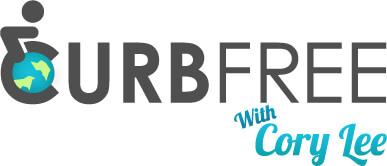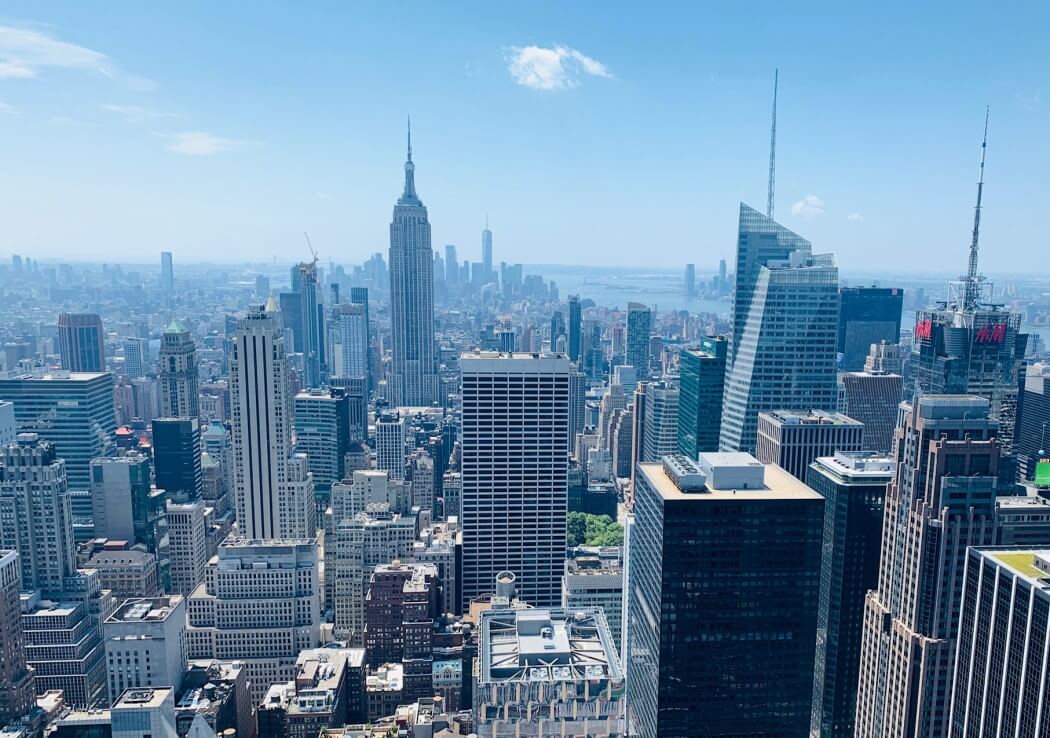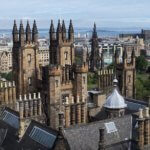Most of New York’s must-see destinations are wheelchair-friendly and completely accessible. If you wish to visit New York for the first time, you should consider purchasing a City Pass since it offers admission to 6 of the most famous destinations at a forty one percent discount. Besides the City Pass attractions, there is a lot to enjoy in the big city.
You should also bear in mind that not all trains/lines found at an accessible station will be accessible; therefore, this article lists only the specific trains reachable in a wheelchair. It is also essential to note that track maintenance and construction activities are always going on in New York.
Additionally, if you have some luggage, you can seek storage facilities from various luggage storage providers.
The following are some of the best wheelchair accessible attractions in New York.
Empire State Building, New York
The building is a representation of New York’s historical magnificence. Construction work began in 1929 and ended in 1931. As a National Notable Landmark in the US, the building was the tallest in the world until 1970.
The Empire State Building is one of the famous tourist attractions in the City. It has two observation decks, one on the 102nd and the other on the 86th floor. Revenues earned from the sale of tickets for the observation decks are higher than the annual payments received from the building’s office space rent annually.
Visitors who buy the New York CityPass receive admissions to the floor 86 observation deck at a fee of $32. The CityPass permits buyers to visit the deck during the daytime and the night, and they are also offered free same-day admission at night.
Therefore, tickets’ total values are $64 since tickets bought directly through the building do not allow multiple admissions. You can upgrade the CityPass ticket to access the 102nd-floor observation deck at an extra $20. If you want to skip the long lines, you must buy the $23 per individual Express Pass.
Both decks are wheelchair-friendly. The 86th floor has sightseeing binoculars and lowered walls to accommodate guests with wheelchairs. The walls of the 102nd floor are higher, and they may pose challenges for individuals in wheelchairs.
The building also has accessible restrooms on the 86th floor. The building entirely complies with the Americans with Disabilities Act.
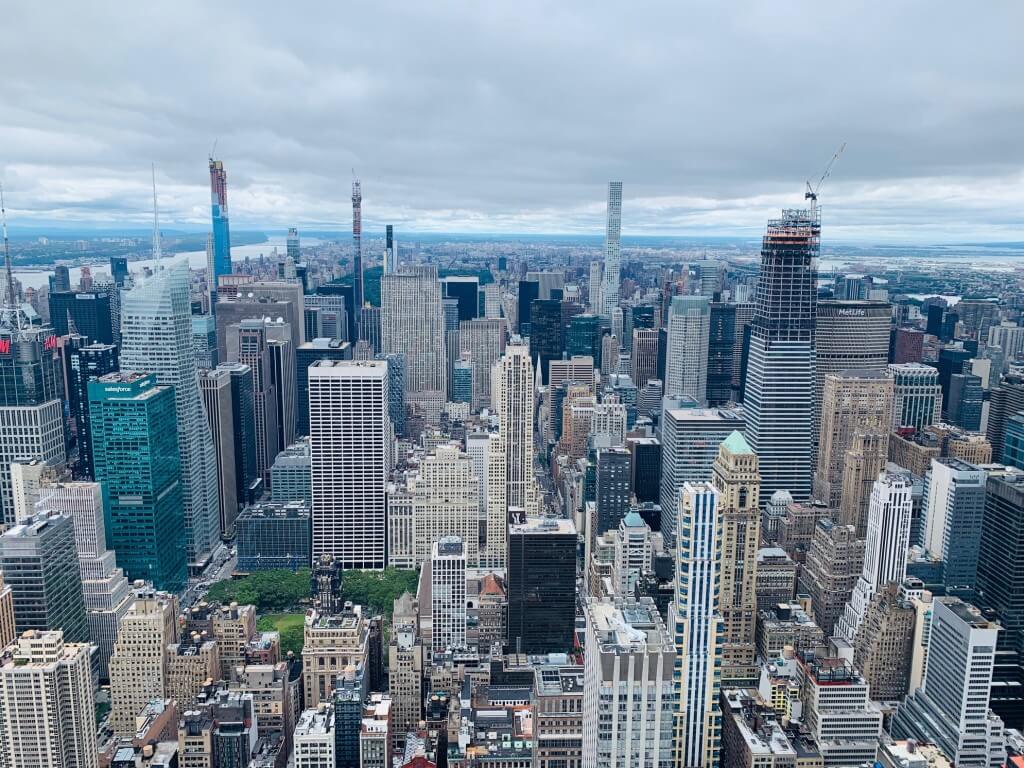
Statue of Liberty and Ellis Island
You can also tour and experience the Ellis Island Immigration Museum’s history and beauty and the Statue of Liberty National Monument. You will be impressed and surprised by the many facts you will learn about these famous attractions in the world.
Statue Cruises is the only concessioner accredited by the National Park Service, Interior Department to offer services to the public at Ellis Island and the Liberty National Monument.
These attractions offer you the opportunity to enjoy the superb view of the world’s best skyline with up-close views of Wall Street, the Statue of Liberty, The United Nations, and many others. You will also get to know much about the lore and legends behind New York City.
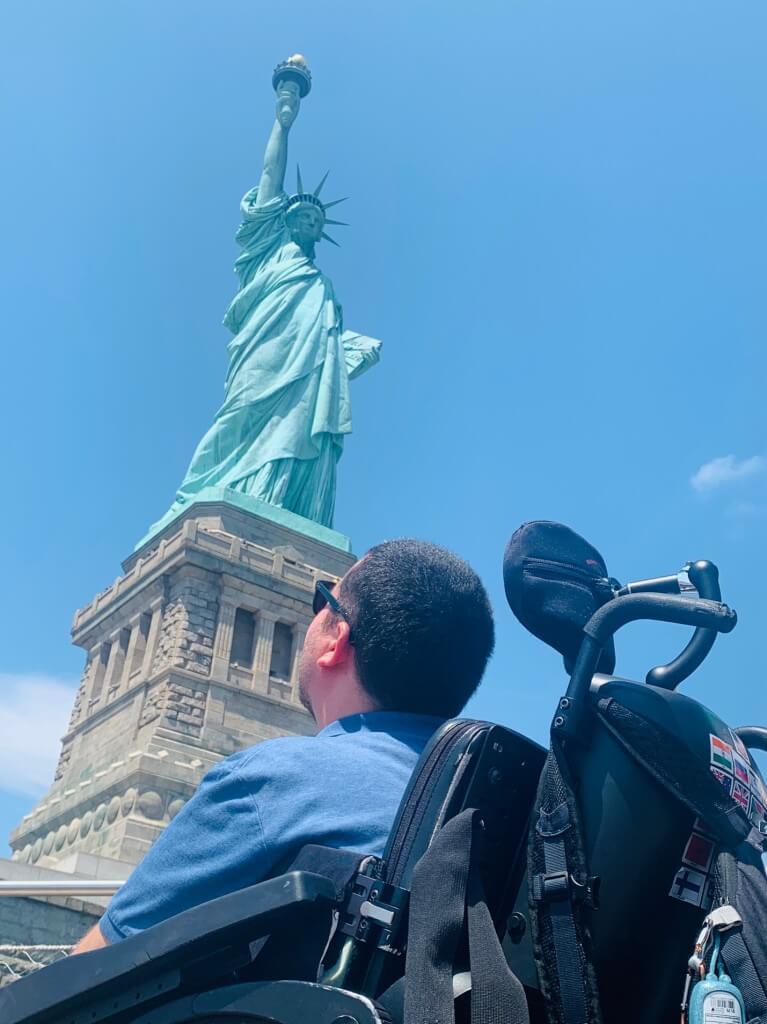
World Trade Center 9/11 Memorial and Museum
The September 11th Memorial and Museum location are on the exact spot where the World Trade Center’s Twin Towers were situated until terrorists attacked it on 11th September 2001.
There are two waterfalls and pools located precisely where the twin towers buildings were situated. The pools have 76 bronze plates with the list of the 2,977 victims of the terrible 9/11 attack in Pennsylvania, Arlington, and New York.
The names of the six individuals killed in the February 1993 bombing of the World Trade Center are also on the plates.
Subway Metro Icon Nearby, the accessible MTA Subways are BMT Broadway Line N, Cortlandt Street Station, and R trains.
One World Observatory in the World Trade Center
The observatory location is on floors 102, 101, and 100 of the World Trade Center. These decks provide enormous Manhattan views during the day and night. This building is an indication that the city rose again from the terrible memories and ashes caused by the terrorist attacks that took place on 11th September 2001.
The launching of the observation deck in May 2015 is an inspiration to the City and the country. All three levels are completely friendly to wheelchair users. The ticket charges are $ 32 for adults and $ 30 for seniors aged 65 and above.

Central Park
Central Park’s launching took place in 1857, and it currently occupies 843 acres in central Manhattan. It is home to several attractions and activities. The park has a spectacular green space which is not common in big cities in the world. You can easily access the park due to the paved walkways; hence, granting wheelchair users access to the fantastic scenery.
You can enjoy the view of many ponds/lakes, sculptures, gardens, and statues throughout the park’s environment. Street food is also available at every concession stands, and entrances and restaurants are also present within the park. There is plenty of wildlife to observe, with fauna, flora, and birds visible everywhere.
Since Central Park is large, there are several MTA Subway stations surrounding its perimeter. Wheelchair accessible subway stations within three Central Park blocks include:
- Subway Metro Icon 96th Street Station. The station has a close nearness to Central Park’s tennis courts, recreation fields, and the Jacqueline Kennedy Onassis Reservoir. The 1, 2, and 3 trains serve the station.
- Subway Metro Icon 72nd Street Station. The station has a closeness to Strawberry Fields, Wagner Cove, The Lake, and the Bethesda Fountain. The 1, 2, and 3 trains serve the station.
- Subway Metro Icon 59th Street; the Columbus Circle Station. The station is straight to
- The park entrance located at the Broadway intersection, Central Park West, and Central Park South or 59th Street. It has a close nearness to The Duck Pond. The 1, 2, A, B, C, and D trains serve the station.
Conclusion
New York is one of the most vibrant and famous cities in the world and the United States. This is due to its size, economy, tourist destinations, and attractions. Many attractions comply with the Americans Disabilities Act and are friendly and accessible to individuals with wheelchairs.
.
.
